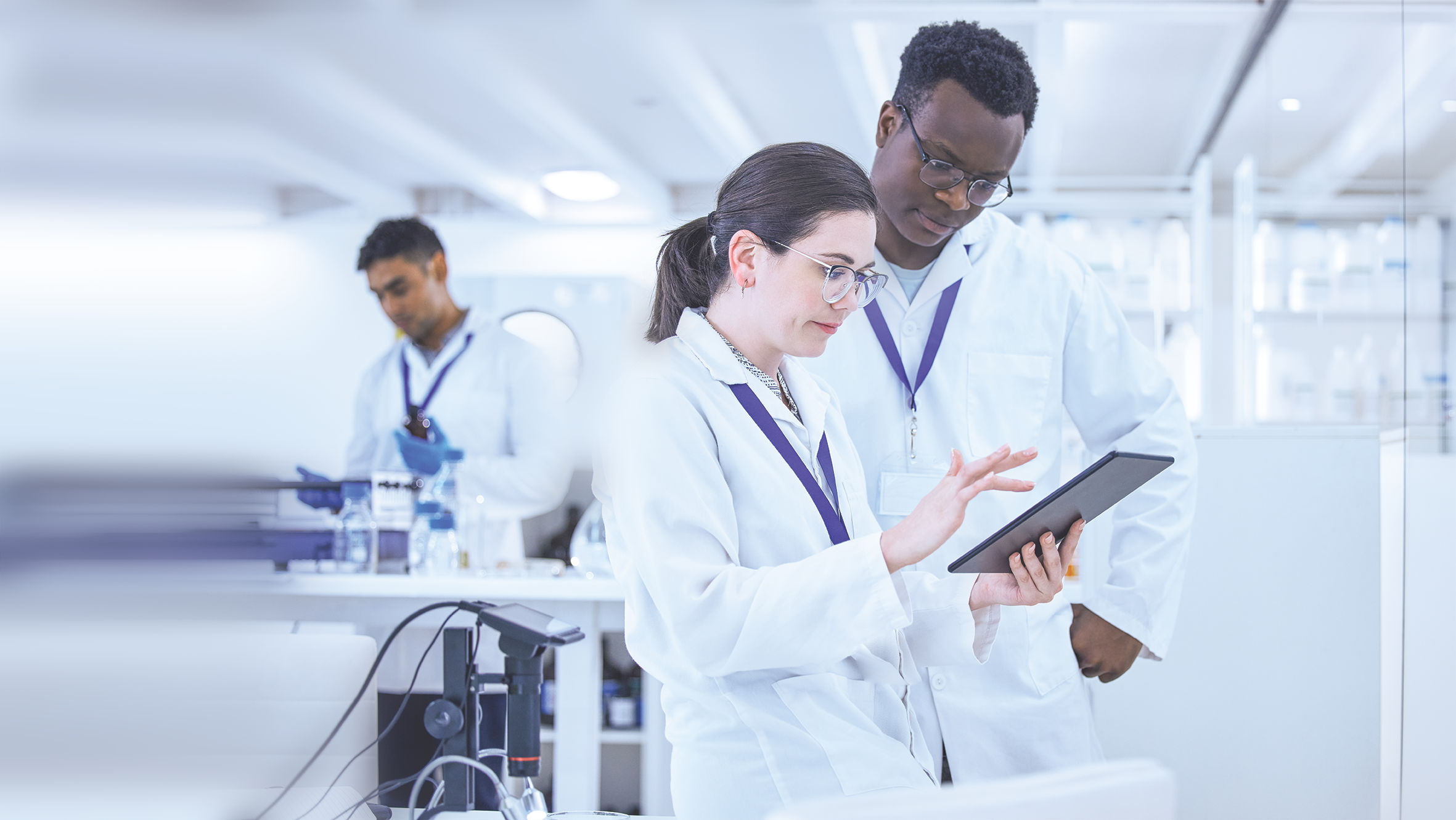
Enzymes for Molecular Biology
Enzymes used for molecular biology applications
Are you looking for enzymes that will drive your work to success? We offer a range of enzymes for molecular biology and life science applications that are high in activity, consistent in quality, reliably pure and backed by the QIAGEN name.
Our enzyme products are engineered to produce the best native, novel or altered enzymes. These are available to science and industry to catalyze a wide range of specific uses in analytical devices and assays that have clinical, forensic and environmental applications.
Browse Enzymes for Molecular Biology
Products
Sort
Application
60 Products found

RNase-Free DNase Set
For DNase digestion during RNA purification

HotStarTaq DNA Polymerase
For highly specific amplification with minimal optimization

RNase A
For RNase digestion during DNA preparation

Taq DNA Polymerase
For standard and specialized PCR applications

Omniscript RT Kit
For reverse transcription of 50 ng to 2 μg RNA per reaction for end-point PCR

QIAGEN Protease and Proteinase K
For protease digestion during DNA and RNA preparation

Taq PCR Core Kit
For standard and specialized PCR applications, includes dNTP mix

AllTaq Master Mix and PCR Core Kits
For ultrafast and versatile hot-start PCR in all applications

TAGZyme System
For expression of His-tagged proteins and removal of His tags

EZ1&2 DNA FFPE Kits
For automated purification of gDNA from FFPE tissues using the EZ1 Advanced XL or EZ2 Connect instrument

Terminal Deoxynucleotidyl Transferase (TdT)
For facilitating the labeling of DNA probes and tailing of DNA fragments

Thermostable Pyrophosphatase
For prevention or removal of inorganic pyrophosphate (PPi) from DNA or RNA synthesis reactions

Taq DNA Ligase
For joining or ligation of DNA fragments, particularly in DNA sequencing and cloning techniques

T4 RNA Ligase 2
For the ligation of single-stranded or double-stranded RNA molecules, as well as RNA-DNA hybrids

T4 RNA Ligase 1
For the ligation of RNA molecules, facilitating the joining of RNA fragments or the addition of RNA adapters

RNase H
For cleaving the RNA strand of DNA:RNA hybrids

Reverse Transcriptase
For synthesis of complementary DNA strand in the presence of a primer using either RNA or single-stranded DNA

E. coli Pyrophosphatase
For effectively hydrolyzing inorganic pyrophosphate (PPi), helping maintain the enzymatic activity

T7 DNA Polymerase
For exceptionally high synthesis and replication fidelity rates due to highly processive DNA polymerase

T7 RNA Polymerase
For in vitro transcription and synthesizing RNA from a DNA template

E. coli Single-Stranded DNA Binding Protein
For binding and stabilizing single-stranded DNA (ssDNA) during various DNA polymerase-mediated reactions

Uracil DNA Glycosylase
For catalyzing the hydrolysis of the N-glycosylic bond between uracil and the sugar

Thermolabile UDG
For removal of uracil from DNA and carry over prevention in PCR

Endonuclease VIII
For generating and cleaving AP sites leaving 3ʹ and 5ʹ phosphates

Poly(A) Polymerase
For making polyA tailed RNA and 3’ end RNA labeling

Exonuclease I
For removal of single-stranded primers in PCR reactions

T7 DNA Ligase
For cloning ligation and nick-sealing in double-stranded DNA

T3 DNA Ligase
For cloning ligation and nick-sealing in double-stranded DNA

T4 DNA Ligase
For restriction and TA cloning and adapter ligation

EnzScript Reverse Transcriptase
For reverse transcription from RNA for first strand cDNA synthesis and RT-PCR

StableScript Reverse Transcriptase
For reverse transcription in one-step RT-qPCR and long-range RT-PCR

Uracil Cleavage System
For creating an abasic site with an intact phosphodiester backbone and liberating the deoxyribose sugar

TaqIT DNA Polymerase
For reverse transcription from RNA for first strand cDNA synthesis and RT-PCR

Taq-B DNA Polymerase
For routine PCR amplification of DNA fragments up to 5 kb

End-Repair Mix
For converting DNA with 5′- and/or 3′-protruding ends to 5′-phosphorylated, blunt-ended DNA

T4 DNA Polymerase
For cloning, DNA labeling and recombination applications
Related News and Support
Stay up-to-date with My QIAGEN
Manage your orders, quotes, webinars, instruments and other items of interest.
Our stories
Explore our digital magazine full of customer stories and videos on scientific breakthroughs and healthcare advances.
Ordering from QIAGEN
Learn about easy ordering options that offer fast and reliable delivery.
